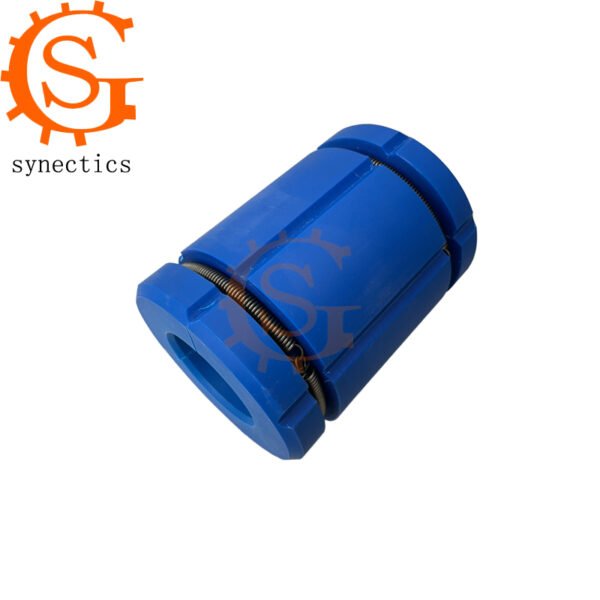The differential shaft in a rewinding slitting machine plays a critical role in ensuring smooth and precise operation during the process of rewinding materials such as paper, plastic films, or textiles. Here’s a detailed explanation of its function:
1. Adjustment of Speed Ratio
- The differential shaft allows for the adjustment of the speed ratio between two or more connected rollers (such as the unwind roller and rewind roller). This adjustment is crucial because different materials may require varying tensions to avoid damage during rewinding. For example, thin films might need less tension than thicker paper.
2. Maintaining Tension Control
- Maintaining consistent tension is essential to prevent material from slipping off the rollers, tearing, or wrinkling. By adjusting the differential shaft, operators can ensure that the tension on both the incoming and outgoing materials is balanced, which helps in maintaining the quality of the final product.
3. Improving Efficiency and Quality
- Proper adjustment of the differential shaft can lead to improved efficiency and product quality. It ensures that materials are wound without stretching, wrinkling, or other defects, leading to higher quality end products and reduced waste.
4. Handling Different Material Types
- Depending on the application, differential shafts can be adjusted to handle various types of materials, each with different properties (e.g., thickness, weight, and flexibility). This versatility is achieved by modifying the gear ratios within the differential mechanism, making it suitable for a wide range of production lines.
5. Safeguarding Equipment
- Correct use of differential shafts also helps in safeguarding the rewinding equipment itself. By managing tension effectively, it reduces the risk of overloading the machinery or causing unnecessary wear and tear, thus extending the lifespan of the equipment.
6. Adapting to Changes in Material Feed Rate
- In automated systems, the differential shafts are often linked to sensors that monitor the speed of material feed. This enables the system to adjust dynamically to changes in the input rate, maintaining consistent output tension regardless of fluctuations in the feed speed.
Installation and Maintenance
- Regular maintenance is necessary to keep the differential shaft functioning optimally. This includes lubrication, checking for wear on gears and bearings, and ensuring that all components are properly aligned. Incorrect installation or neglect of maintenance can lead to inefficient operation, increased downtime, and potential damage to the rewinding equipment.
In summary, the differential shaft is a vital component in rewinding slitting machines, serving to adjust the speed ratio between connected rollers, manage tension effectively, improve product quality, and enhance the overall operational efficiency and safety of the rewinding process.









No comment